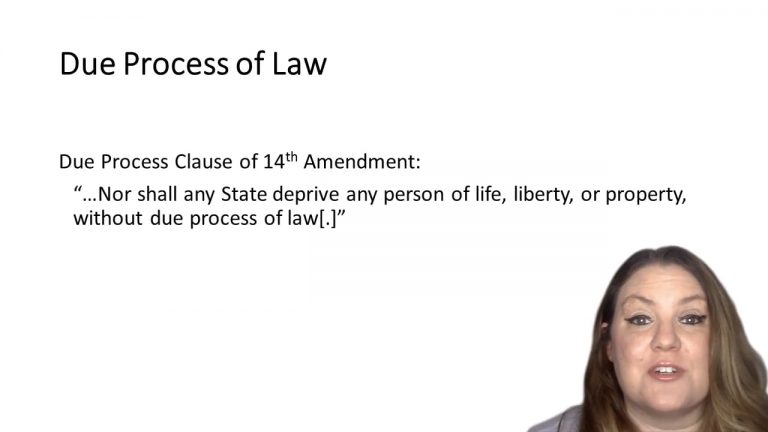SmartBrief
Confirm favorite deletion?
Criminal Procedure Keyed to Ohlin
Henderson v. Morgan
Citation:
426 U.S. 637 (1976)Facts
On April 6, 1965, respondent killed Mrs. Ada Francisco in her home. Respondent was indicted for first-degree murder and arraigned on April 15, 1965. Two concededly competent attorneys were appointed to represent him. Respondent was found competent to stand trial. The lawyers thought manslaughter first would satisfy the needs of justice. They therefore endeavored to have the charge reduced to manslaughter, but the prosecution would agree to nothing less than second-degree murder and a minimum sentence of 25 years. On June 8, 1965, respondent appeared in court with his attorneys and entered a plea of guilty to murder in the second degree in full satisfaction of the first-degree murder charge made in the indictment. Respondent stated that his plea was based on the advice of his attorneys, that he understood he was accused of killing Mrs. Francisco. There was no discussion of elements of the offense of second-degree murder. At the evidentiary hearing, respondent testified that he would not have pleaded guilty if he had known that an intent to cause the death of his victim was an element of the offense of second-degree murder.
Only StudyBuddy Pro offers the complete Case Brief Anatomy*
Access the most important case brief elements for optimal case understanding.
*Case Brief Anatomy includes: Brief Prologue, Complete Case Brief, Brief Epilogue
- The Brief Prologue provides necessary case brief introductory information and includes:
Topic:
Identifies the topic of law and where this case fits within your course outline.Parties:
Identifies the cast of characters involved in the case.Procedural Posture & History:
Shares the case history with how lower courts have ruled on the matter.Case Key Terms, Acts, Doctrines, etc.:
A case specific Legal Term Dictionary.Case Doctrines, Acts, Statutes, Amendments and Treatises:
Identifies and Defines Legal Authority used in this case.
- The Case Brief is the complete case summarized and authored in the traditional Law School I.R.A.C. format. The Pro case brief includes:
Brief Facts:
A Synopsis of the Facts of the case.Rule of Law:
Identifies the Legal Principle the Court used in deciding the case.Facts:
What are the factual circumstances that gave rise to the civil or criminal case? What is the relationship of the Parties that are involved in the case.Issue(s):
Lists the Questions of Law that are raised by the Facts of the case.Holding:
Shares the Court's answer to the legal questions raised in the issue.Concurring / Dissenting Opinions:
Includes valuable concurring or dissenting opinions and their key points.Reasoning and Analysis:
Identifies the chain of argument(s) which led the judges to rule as they did.
- The Brief Prologue closes the case brief with important forward-looking discussion and includes:
Policy:
Identifies the Policy if any that has been established by the case.Court Direction:
Shares where the Court went from here for this case.

 2m 6s
2m 6s 6m 59s
6m 59s